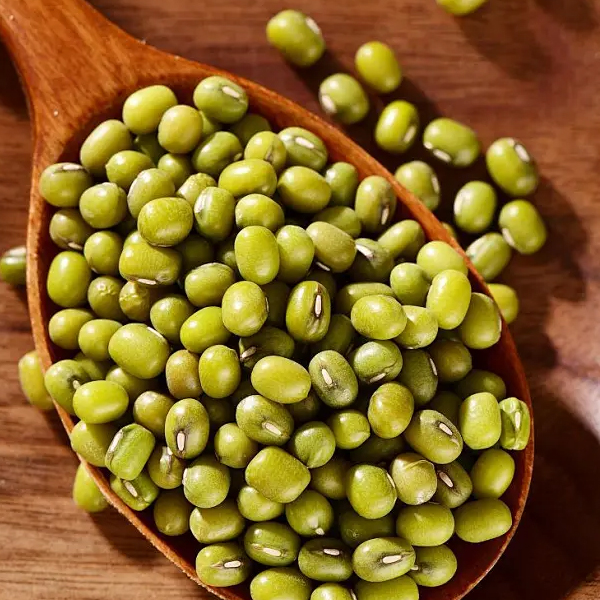Polishing machines are used to polish the surface of materials and are commonly used for polishing various bean grains. They remove dust and debris from the surface of the grains, leaving them bright and beautiful.
The polisher works by using a rotating cotton cloth to stir the material while simultaneously wiping away dust and debris from the surface, resulting in a shiny, pristine surface. The polisher’s internal structure consists of a central shaft, an outer cylinder, and a frame. A large amount of cotton cloth is fixed to the surface of the central shaft, arranged in a specific structure and trajectory. The outer cylinder, serving as the polishing wall, utilizes a perforated woven mesh to promptly remove polishing dust. The equipment has a feed inlet, a finished product outlet, and a dust outlet. When in use, it should be connected to an elevator or other means to feed the material.
Core Workflow and Principles
1. Feeding and Scaling: Ensuring Polishing Uniformity
After entering the machine through the feed mechanism, the mung beans are first evenly spread within the feed drum. This step prevents accumulation of mung beans, ensures uniform material flow within the subsequent polishing area, and prevents over- or under-polishing of certain areas. Some machines utilize a spiral conveyor to assist in feeding, ensuring a steady flow of mung beans into the polishing core.
2. Friction Polishing: Core Removal and Polishing
This step is crucial for achieving the desired polishing effect. It primarily utilizes various frictional processes to remove impurities and optimize the appearance. While different types of mung bean polishing machines have slightly different frictional mechanisms, the core principles remain the same:
Component Friction: Core components within the polishing chamber (such as the polishing roller with polishing balls, the cotton cloth fixed to the spiral shaft, and the rubbing polishing system components) rotate at high speed, directly rubbing against the surface of the mung beans. For example, when the spiral shaft with cotton cloth rotates, it causes the mung beans to displace against each other in a fluidized state. The friction between the cotton cloth and the bean surface effectively removes dust, mud stains, and minor mold spots. The polishing roller, equipped with polishing balls, uses a “jewelry polishing” technique to achieve a fine finish while reducing bean breakage.
Collision and friction: The high-speed movement of the mung beans collides and rubs against the screen plates and meshes within the polishing chamber. The mung bean particles also rub against each other. This friction further removes surface impurities, resulting in a smoother surface. Some equipment improves polishing by adjusting the gap between the polishing roller and the screen (for example, controlling it to 5-6mm) and by implementing a pressure mechanism to extend the time the mung beans remain in the polishing area.
3. Impurity Separation: Screening Waste and Clean Material
Impurities generated during the polishing process (such as mold spots, dust, and fine debris) are separated and discharged through the screen. The screen’s aperture is designed to match the particle size of the mung beans, ensuring that impurities pass through the sieve while retaining the beans. Some equipment is also equipped with a centrifugal fan or negative pressure suction device to directly remove lighter dust particles, further improving impurity separation efficiency and preventing impurities from reattaching to the mung bean surface.
4. Finished Product Output: Discharging Clean Mung Beans
After thorough polishing and impurity separation, the mung beans are pushed by polishing components (such as the kneading polishing component and spiral shaft) and discharged from the discharge port, resulting in polished mung beans with a high finish and minimal impurities.
The working principle of a grain polisher is essentially to “separate impurities through controlled physical friction, thereby improving the appearance quality and commodity value of the grain without damaging the grain itself.” It is a key equipment in achieving “from ‘edible’ to ‘high-quality’” in the deep processing of grains (especially food-grade grains).
Post time: Sep-26-2025










